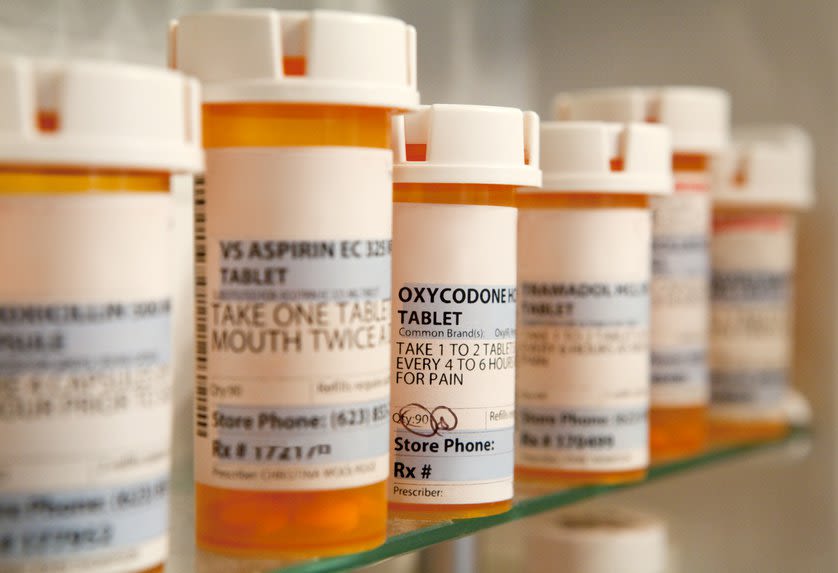
DRUG CHARGES 101: UNDERSTANDING THE 5 DRUG SCHEDULES
Nearly one-third of American adults have a criminal record. Since drugs are responsible for so many arrests in the nation (an estimated 1.2 million people were charged with drug law violations in 2016) you may frequently hear legal lingo regarding drug schedules being thrown around. Whether you're facing drug possession charges or simply want to understand what your favorite character on Law and Order is talking about, this article will help you get more acquainted with the five drug schedules.
Schedule I: Schedule I substances have a high potential for abuse; have no currently accepted medical use in treatment in the U.S., and there is a lack of accepted safety for use of the substances under medical supervision. In short, no prescriptions may be written for Schedule I substances, making your possession of them much more serious. Heavy hitters in this category include the psychedelic DMT, heroin, LSD, MDMA, and the exception to the rule, marijuana.
Schedule II: Schedule II drugs still maintain that high potential for abuse, but they are considered legal in medical applications. As a result, only people with prescriptions written by a practitioner are protected by the law. Substances include cocaine, amphetamines, and a number of painkillers such as oxycodone, fentanyl, and morphine. These prescriptions cannot be refilled.
Schedule III: Schedule III drugs are considered less risky than I and II and are medically legal, but can only be dispensed by a medical professional. Additionally, there are strict rules regarding refills. These substances include anabolic steroids, treatments for opiate addiction (like buprenorphine), and ketamine.
Schedule IV: Schedule IV substances have a low potential for abuse (relative to the above schedules), are medically legal, and may contribute to limited dependence on drugs in Schedule III. This includes drugs such as benzodiazepines (such as Xanax), chloral hydrate, and long-acting barbiturates such as phenobarbital.
Schedule V: The final schedule contains drugs that have a low potential for abuse, are medically acceptable, and may lead to dependence on schedule IV drugs. Cough suppressants, some anticonvulsants, and pyrovalerone (used to treat chronic fatigue and as an appetite suppressant for weight loss) fall under this category.
If you've been caught with illegal substances and arrested for possession, you'll need to find yourself a criminal defense lawyer. Whether you got busted for marijuana or anabolic steroid possession, your criminal defense will revolve around the severity of the schedule and your personal history.
